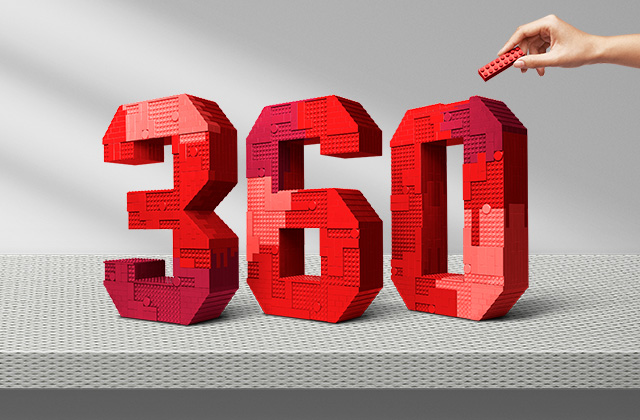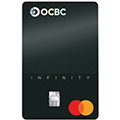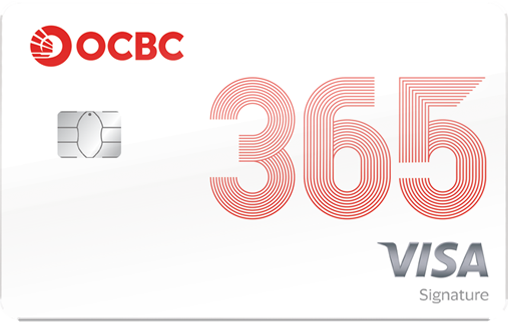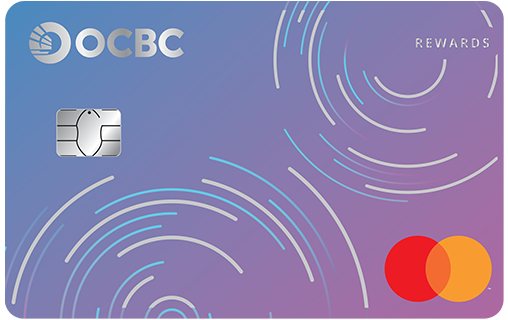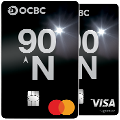Help And Support
Cross Border Payments - DuitNow
-
Where can customers use this payment method?
OCBC Digital app users will be able to scan Malaysia’s DuitNow QR to make payments at retail acceptance points in Malaysia. Please look out for the DuitNow acceptance mark and their participating partners’ logos, indicating that the merchant accepts QR payments through Malaysia’s QR:
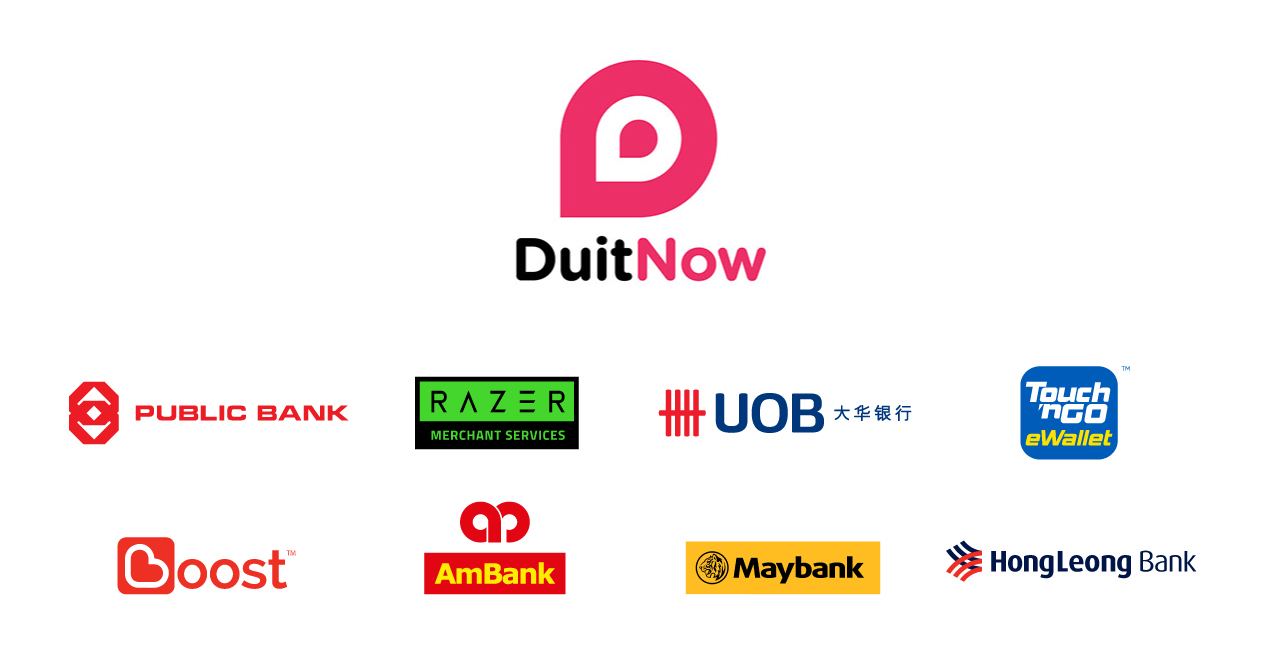
-
Why can’t I scan and pay at certain QRs which show the DuitNow acceptance mark?
If the DuitNow acceptance mark is not tagged to one of DuitNow’s participating partners noted above, the QR is not supported for payment yet. More DuitNow participating partners will be onboarded progressively. Another reason why scan and pay may not work is if the merchant displays a personal instead of business DuitNow QR.
-
Will I need to buy foreign exchange or fund a special account or wallet to use this feature?
You will not need to! Simply scan and pay using the OCBC Digital app, just as you would to perform a local purchase via NETS or PayNow QR. Payment will be debited from your selected OCBC current or savings account.
-
Will there be any administration fee charged?
No.
-
Is there an option to generate my own QR for the merchant to scan?
The only way to pay under this method is for you to scan the merchant’s DuitNow QR with the OCBC Digital app. There is no option to generate your own QR code to pay.
-
Will I need to provide any additional authentication while paying?
Most purchases will only require you to login to the OCBC Digital app. If the purchase amount exceeds SGD200, for your account security, transaction signing with your OCBC OneToken, hardware token or SMS OTP will be required.
-
Is there a transaction limit on DuitNow QR transactions?
Yes, you may transact up to a fixed limit of SGD1,000 per day on DuitNow QR. Your remaining daily limit will be displayed on the app while making a payment. This limit is separate from your PayNow/NETS QR daily transaction limits.

